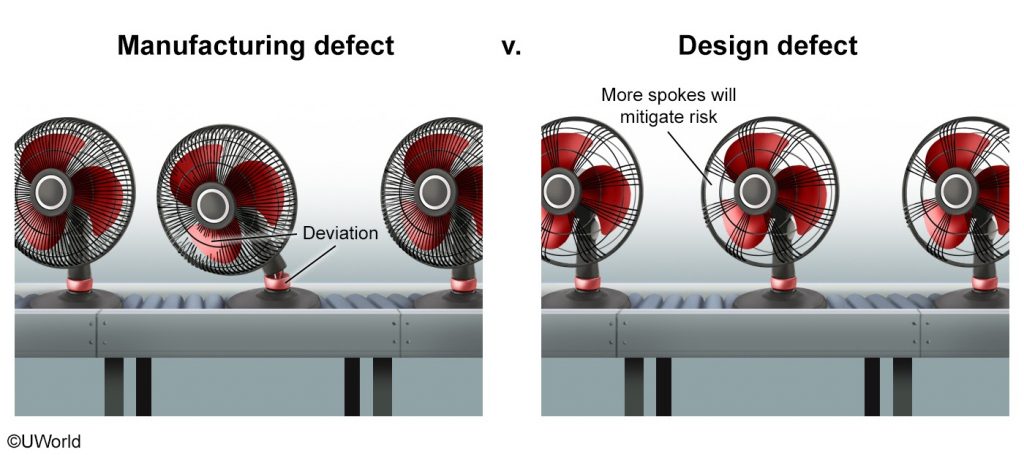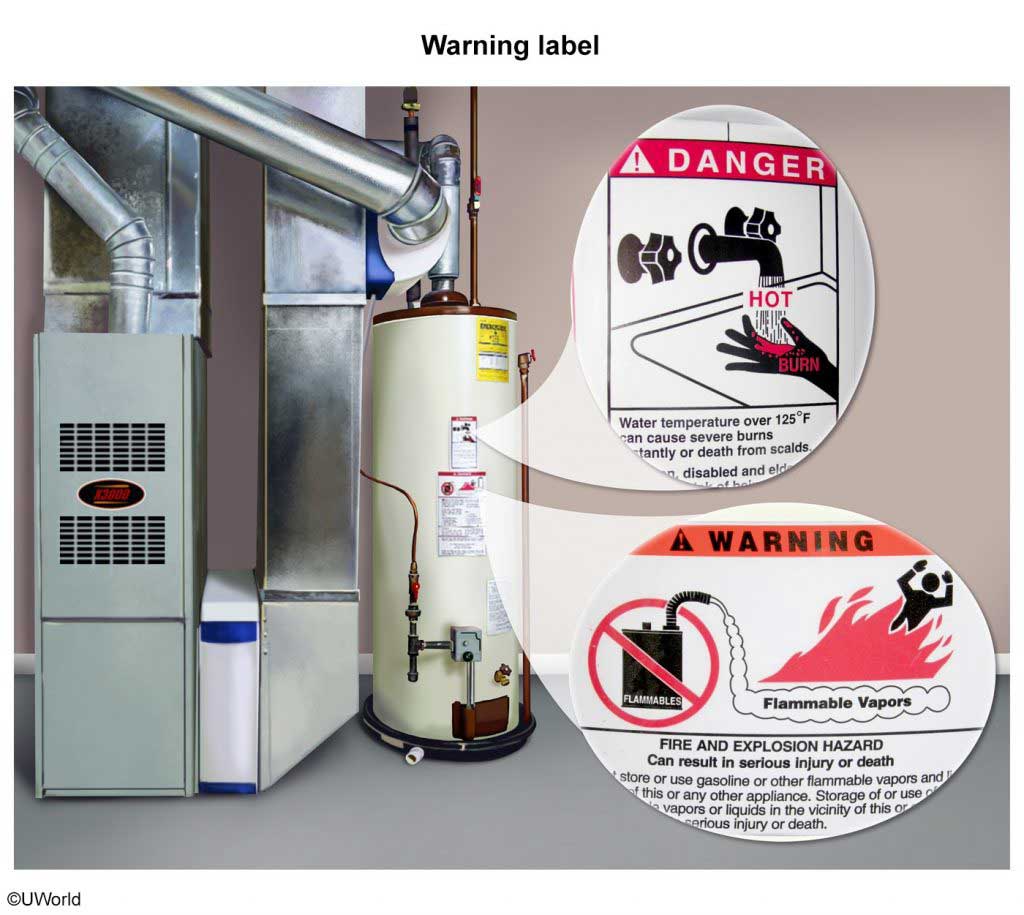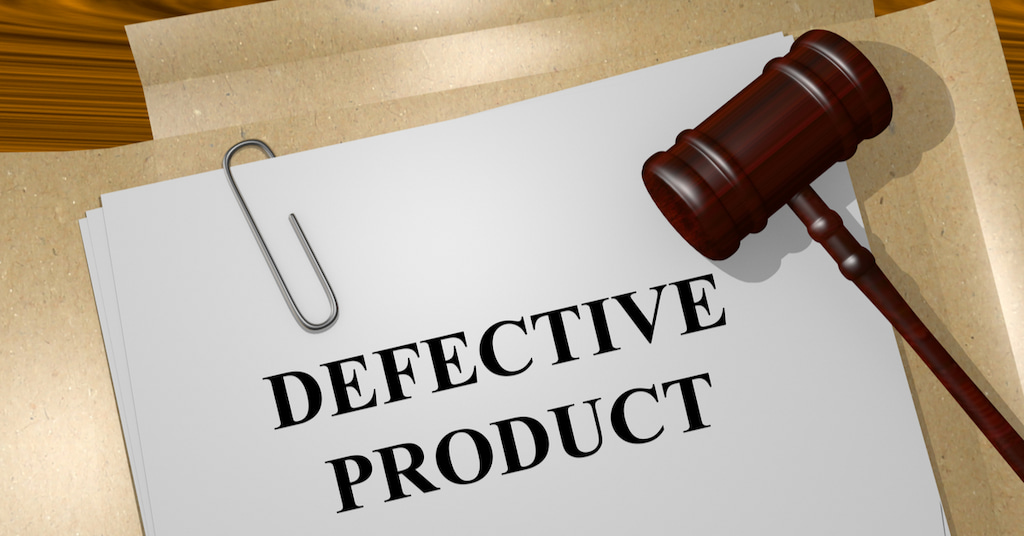An area of tort law tested on the MBE® is products liability. As you might recall from your 1L days, there are three main theories of products liability: negligence, strict products liability, and breach of warranty. Although each theory requires different elements, they have one thing in common—the plaintiff must prove that the product was defective when it left a commercial supplier’s control (i.e., when it was sold or distributed). As a result, understanding the different types of product defects will go a long way toward helping you answer any products-liability questions you encounter on the bar exam!
There are three types of product defects, so let’s address each in turn.
1. MANUFACTURING DEFECT
This type of defect arises when there is any deviation from a product’s intended design that renders it more dangerous than a reasonable consumer would expect. This occurs when a product emerges from the manufacturing process different from and more dangerous than the same products that were properly made. The most common examples of manufacturing defects are damaged or incorrectly assembled products.
2. DESIGN DEFECT
This type of defect arises when there is a design flaw that renders all products within the same line of products dangerous. Depending on the jurisdiction, a design defect is determined by applying either the consumer-expectation test or the risk-utility test.
Under the consumer-expectation test, a design defect exists when a product is dangerous beyond the expectations of an ordinary consumer who uses it in a reasonably foreseeable manner. An example of this would be a circular saw that lacks safety guards to prevent hand or finger injuries when a consumer uses the saw.
Under the risk-utility test, a product is defective if (1) its design poses a foreseeable risk of harm and (2) that risk could have been mitigated by a reasonable alternative design. For example, injury is a foreseeable risk when using an axe. However, there is no reasonable alternative design to reduce that risk without destroying an axe’s utility. Therefore, an axe would not be considered defective under the risk-utility test.

3. FAILURE TO WARN
This type of defect arises when a manufacturer fails to provide reasonable warnings or instructions that reduce the foreseeable and unobvious risk of harm that a product poses to users. Remember: the failure to warn or instruct about obvious risks (e.g., the risk of cutting oneself with a knife) does not make a product defective.

Now that you understand the three types of product defects, try to answer some products-liability questions in the UWorld MBE® QBank. Click here to access our QBank or purchase a subscription.




